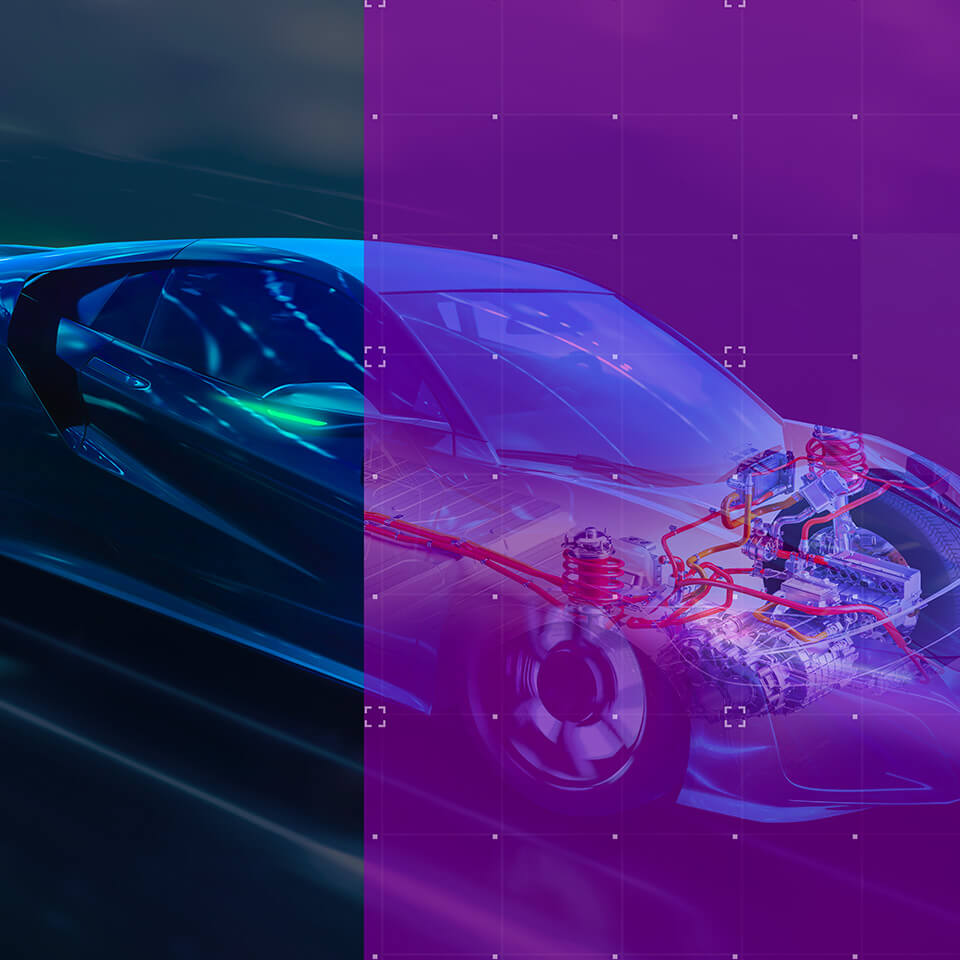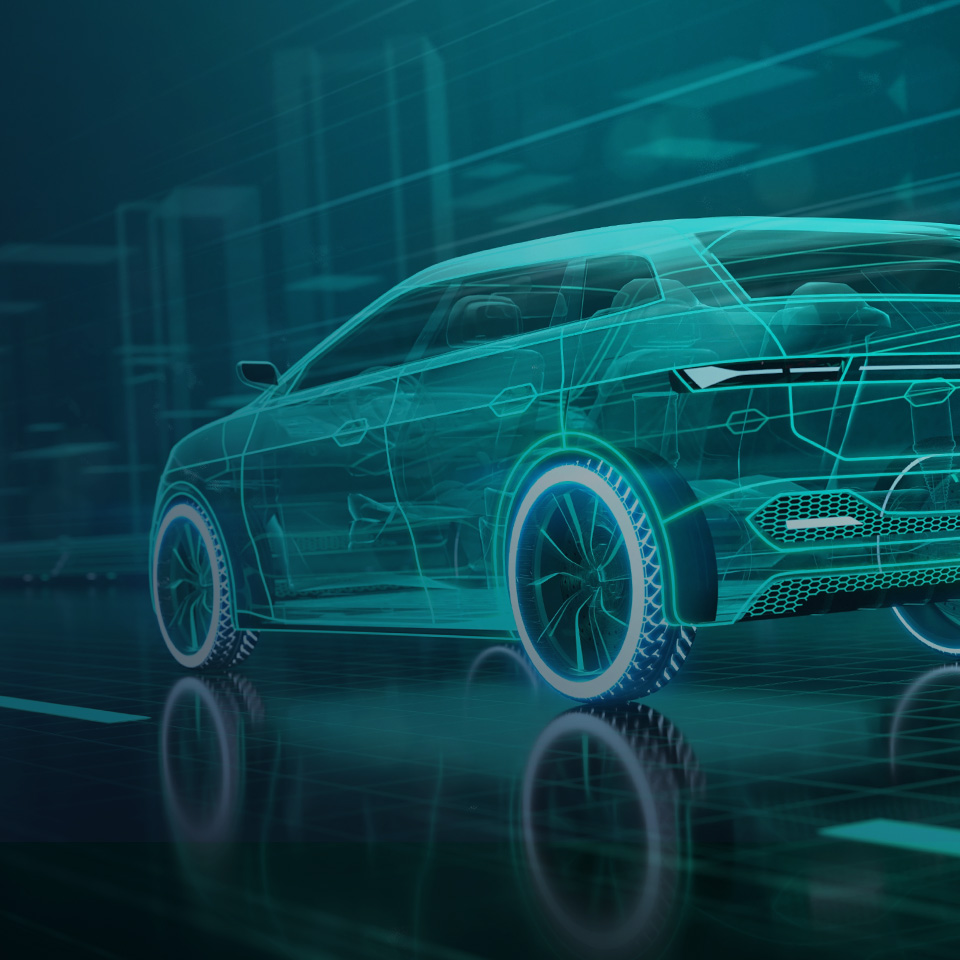In brief
- Software development for commercial vehicles differs from passenger cars due to distinct needs and requirements of the sectors
- Unique challenges in commercial vehicle software development are connected to fleet management, regulatory compliance, cybersecurity and specialized functionalities such as platooning
- As the automotive industry evolves to become ever-more software-defined, the development of specialized software solutions tailored to the needs of both commercial and passenger vehicles is crucial
Differences in development
The automotive industry is experiencing rapid advancements in software development, powering various aspects of vehicles ranging from infotainment systems to advanced driver assistance systems (ADAS). While these innovations in automotive industry software solutions are evident in both passenger cars and commercial vehicles, the specific needs and requirements for these two categories of vehicles lead to distinct differences in the development of their respective software. In this blog, we will explore how software development for trucks compares to passenger cars and discuss the unique challenges and opportunities software development for trucks presents.
Functionality and complexity
The primary difference between truck and passenger car software stems from the functional requirements of the vehicles. Trucks are designed for heavy-duty tasks such as hauling large loads, so they require more sophisticated powertrain and chassis management systems. This complexity extends to the software controlling these systems, as it must optimize for fuel efficiency, safety and performance under a wide range of operating conditions.
Additionally, trucks often feature auxiliary systems such as power take-offs (PTOs) and refrigeration units, which must be integrated into the vehicle's software architecture. In contrast, passenger cars typically have fewer subsystems, allowing for simpler software designs.
Fleet management and connectivity
Trucks are typically part of a fleet managed by a central dispatch system. As such, they require advanced telematics and communication systems to enable real-time data transmission, remote diagnostics and fleet optimization. This necessitates the development of software capable of handling complex data analytics and communication protocols, often incorporating cloud-based solutions and APIs for seamless integration with third-party systems.
On the other hand, passenger cars typically prioritize personal connectivity features (such as smartphone integration and infotainment) which require different software development approaches and skill sets.
Regulatory compliance
The trucking industry is subject to stringent regulations aimed at ensuring safety, environmental protection and fair labor practices. These regulations often necessitate the development of specialized software to monitor and report vehicle data, e.g., electronic logging devices (ELDs) used for hours of service (HOS) compliance.
Furthermore, regulatory requirements can vary significantly between regions, necessitating the development of adaptable software to accommodate these differences. In contrast, passenger cars generally face fewer regulatory challenges, allowing for a more streamlined software development process.
Cybersecurity and over-the-air updates
As the level of connectivity in trucks increases, so does the need for robust cybersecurity measures to protect sensitive data and vehicle systems from unauthorized access. As a result, truck software developers must prioritize security from the ground up, incorporating advanced encryption, intrusion detection and other defensive mechanisms to safeguard the vehicle and its data.
Moreover, the ability to perform over-the-air (OTA) updates is crucial for maintaining fleet efficiency and compliance with evolving regulations. OTA updates require sophisticated software architectures that can safely and reliably update vehicle systems without disrupting operations – a challenge that is less pressing for most passenger cars.
Autonomous driving and platooning
The development of autonomous driving technologies is transforming both the trucking and passenger car industries. However, the specific requirements for autonomous trucks differ significantly from those for passenger cars. For example, truck platooning – wherein multiple trucks travel closely together to reduce aerodynamic drag and improve fuel efficiency – requires the development of specialized software to manage inter-vehicle communication, synchronized braking and other cooperative driving manoeuvres.
Furthermore, the high stakes associated with autonomous trucking – such as the potential for costly accidents and cargo damage – necessitate rigorous testing and validation processes for the underlying software – these tests may differ from those employed in passenger car development.
User interface and human-machine interaction
The user interface (UI) and human-machine interaction (HMI) requirements for trucks and passenger cars differ significantly. Truck drivers often spend long hours behind the wheel, necessitating ergonomic and efficient UI designs that minimize distractions and simplify the driver's interaction with the vehicle's systems. Moreover, displaying critical information such as load weight, tire pressure and fuel consumption requires specialized software solutions tailored to the needs of commercial truck drivers.
In contrast, passenger car UI and HMI designs prioritize aesthetics, infotainment and seamless smartphone integration, reflecting their drivers' different usage patterns and expectations.
Vehicle-to-Infrastructure (V2I) and Vehicle-to-Everything (V2X) communication
As connected vehicle technologies continue to evolve, V2I and V2X communication will play a crucial role in enhancing safety, efficiency and overall performance. For trucks, this means integrating software that can communicate with traffic signals, weigh stations and other infrastructure elements in order to optimize routing, prevent violations and minimize delays.
On the other hand, passenger cars will likely focus on V2X communication for safety applications (such as collision avoidance) and enhancing the driving experience through features like real-time parking availability or localized entertainment options.
Electric and alternative powertrains
The adoption of electric and alternative powertrains is reshaping the automotive landscape, with both trucks and passenger cars undergoing significant transformations. For trucks, the development of software for battery management systems, charging infrastructure integration, and route planning are essential for maximizing the benefits of electrification.
Additionally, alternative fuels such as compressed natural gas (CNG) and hydrogen fuel cells require unique software solutions for managing fuel storage, delivery and consumption. Passenger car software development for alternative powertrains shares some similarities but often focuses more on optimizing driving range and user experience.
Integration with logistics and supply chain systems
Trucks play a vital role in the global supply chain and their software must be capable of integrating with a wide array of logistics and transportation management systems. This integration requires the development of standardized APIs, data formats and communication protocols, plus the ability to handle complex data processing and analytics tasks.
In contrast, passenger car software development is typically less concerned with supply chain integration, focusing instead on personal connectivity and infotainment features.
Skill sets and expertise
The differences in requirements and challenges for truck and passenger car software development necessitate distinct skill sets and expertise from developers. Truck software developers must have a deep understanding of commercial vehicle systems, regulations and industry-specific needs, as well as the ability to create robust, secure and scalable software solutions.
Conversely, passenger car software developers may prioritize expertise in user experience design, infotainment and personal connectivity technologies, reflecting their market's unique needs and expectations.
In summary, developing software for trucks and passenger cars is a multifaceted endeavor, with each sector facing its unique challenges and opportunities. As the automotive industry continues to evolve, it will be fascinating to see how these differences shape the future of vehicle software and connectivity, ultimately transforming how we think about transportation and mobility.
Service and maintenance
Another area where truck and passenger car software development diverge is in service and maintenance. Trucks are subjected to more demanding operating conditions and have longer lifespans, so they require the development of robust diagnostic and prognostic software tools. These tools enable predictive maintenance, allowing fleet operators to minimize downtime and reduce overall maintenance costs.
In contrast, passenger car software development may focus more on user-friendly diagnostic interfaces, enabling drivers to understand and address minor issues without professional assistance. However, as connected and electric passenger cars become more prevalent, the importance of advanced diagnostics and prognostics in this sector may also increase.
Customization and configuration
Trucks are often highly customized to suit specific applications and industries, with features such as specialized cargo handling equipment, sleeper cabins or off-road capabilities. This degree of customization requires the development of highly configurable software that can accommodate a wide range of hardware setups and operational requirements.
On the other hand, passenger cars typically offer fewer customization options and their software is generally designed to accommodate a more standardized set of features and capabilities.
Driver training and certification
Commercial truck drivers must obtain specialized licenses and certifications, reflecting the unique skills and knowledge required to operate these vehicles safely and efficiently. As a result, truck software development must consider the integration of driver training and certification tools, such as virtual driving simulators or adaptive training systems that can tailor instructions to individual drivers' needs.
In comparison, passenger car software development is less focused on driver training. However, the increasing prevalence of advanced driver assistance systems (ADAS) may mean new driver education and skill development approaches are needed.
Environmental impact and sustainability
The trucking industry is responsible for a significant portion of global greenhouse gas emissions, so the development of eco-friendly software solutions is a critical priority. Truck software developers must consider strategies for reducing fuel consumption, minimizing idling and optimizing routing to mitigate the environmental impact of their vehicles.
While passenger cars also contribute to emissions, the focus of software development in this sector may be more centered on electric vehicle integration and the optimization of battery life and charging infrastructure.
The future of trucking and passenger car software development
As the automotive industry continues to innovate, the future of truck and passenger car software development will be shaped by emerging technologies and evolving market demands. Autonomous driving, electrification and advanced connectivity will undoubtedly play a central role in both sectors, driving the need for specialized software solutions to meet each market segment's unique challenges.
Moreover, as the line between trucks and passenger cars becomes increasingly blurred – with the advent of light-duty commercial vehicles and the growth of the ‘gig economy’, we may see an increasing convergence of software development approaches and priorities. In this dynamic landscape, it will be essential for software developers to remain agile and adaptive, staying ahead of the curve to deliver cutting-edge solutions for the ever-evolving automotive industry.
The software-defined future of transportation
The development of software for trucks and passenger cars represents two distinct paths in the automotive industry, each addressing unique challenges and opportunities. Factors such as functionality, complexity, connectivity, regulatory compliance and emerging technologies like autonomous driving, V2X communication and electrification all play a role in shaping the specific requirements and approaches for each sector. As the automotive landscape continues to evolve, it is crucial for software developers to remain adaptable and forward-thinking, finding innovative ways to meet the demands of an increasingly interconnected and environmentally conscious world. Ultimately, the future of transportation hinges on the ability to develop robust, secure and efficient software solutions tailored to the unique needs of both trucks and passenger cars, transforming the way we think about mobility and driving us toward a more sustainable and connected future.







